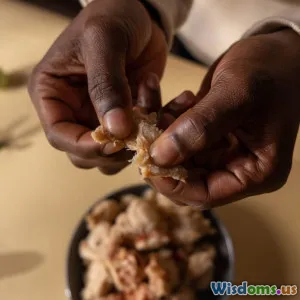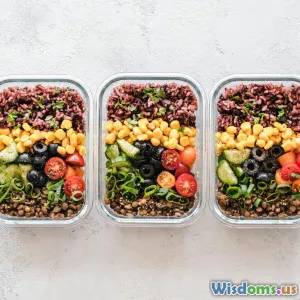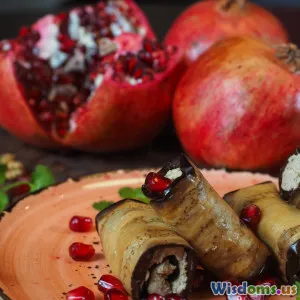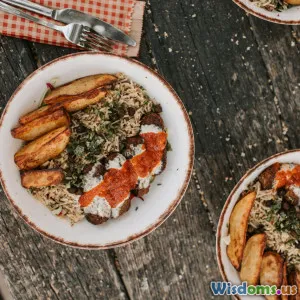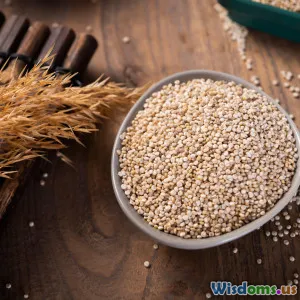
Top Plant Based Protein Sources for Beginners
15 min read Discover the best plant-based protein sources for beginners and how to incorporate them into your diet easily. (0 Reviews)
Power Up Naturally: Top Plant-Based Protein Sources for Beginners
Navigating the world of plant-based eating can feel overwhelming, especially when it comes to meeting your protein needs. But whether you're making a complete transition to a plant-based lifestyle or simply trying to add more plants to your plate, there's never been a better—and tastier—time to explore protein-rich, cruelty-free foods. With a bit of creativity and savvy shopping, nature's pantry can keep you satisfied, energized, and thriving.
Let's dive into the most potent and versatile plant-based proteins perfect for beginners, plus tips on how to enjoy them, pitfalls to avoid, and myths to leave behind.
Legumes: The Versatile Protein Champions
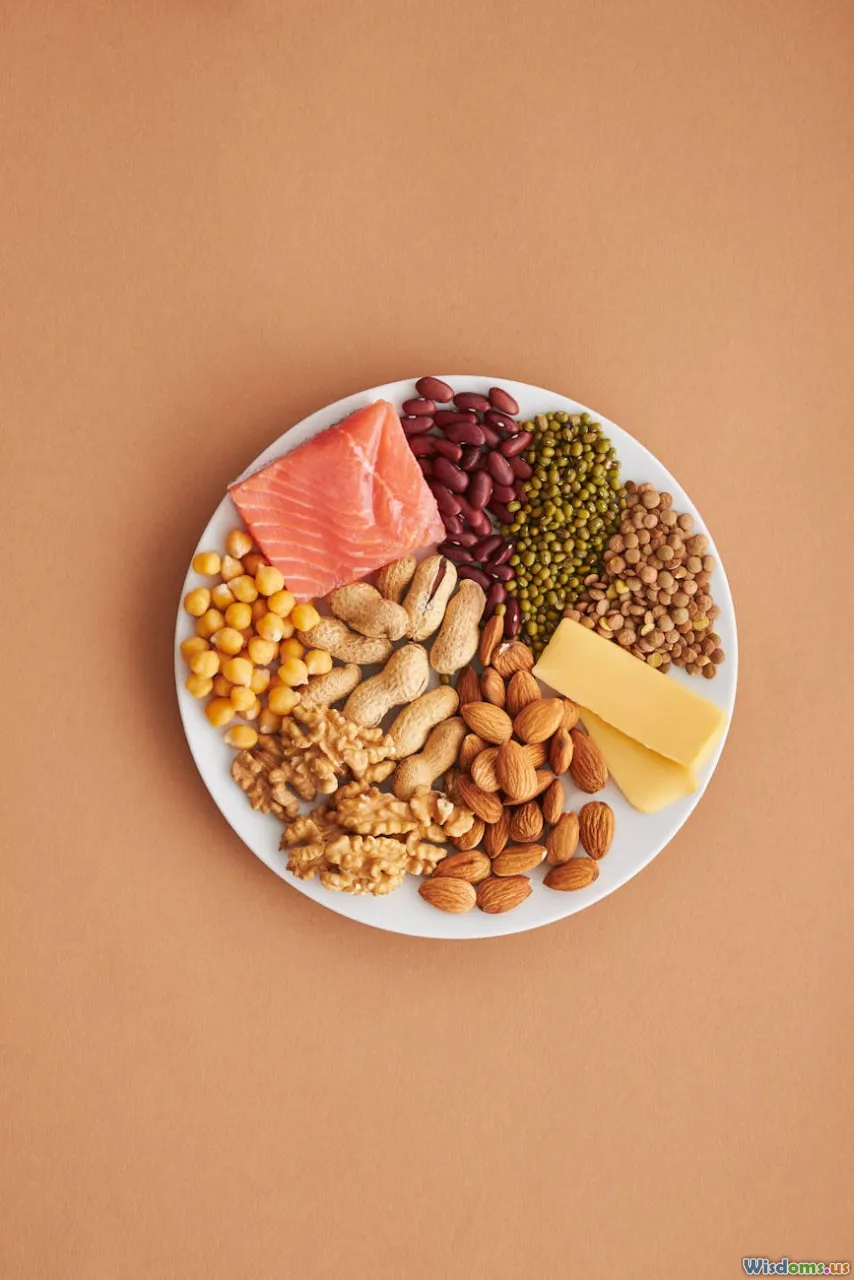
If protein had superheroes in the plant world, legumes would wear the cape. This category includes beans, lentils, peas, and chickpeas—pulses that offer high protein content, essential fiber, and a host of micronutrients.
Why Legumes Should Be a Staple
- Protein Packed: One cup of cooked lentils delivers around 18 grams of protein, while a similar serving of black beans or chickpeas contains 15 grams or more.
- Affordable and Available: Found in every supermarket dried or canned, they’re as convenient as they are nutritious.
- Beyond Protein: Legumes are brimming with iron, potassium, complex carbs, and gut-friendly prebiotic fiber.
Pro Culinary Tips for Beginners
- Batch Cook for the Week: Cook up a big pot of lentils or beans. Add them to soups, salads, tacos, and Buddha bowls.
- Experiment with Texture: Pureed chickpeas become creamy hummus; whole chickpeas add chew to curries.
- Canned Convenience: To save time, rinse canned beans to reduce sodium and toss them right into dishes.
Example Meal: Lentil Curry Bowl
Cook lentils with turmeric, cumin, and coconut milk. Serve over brown rice with steamed greens—a complete, protein-rich meal that comes together in 30 minutes.
Soy Foods: Complete Proteins With Flexibility
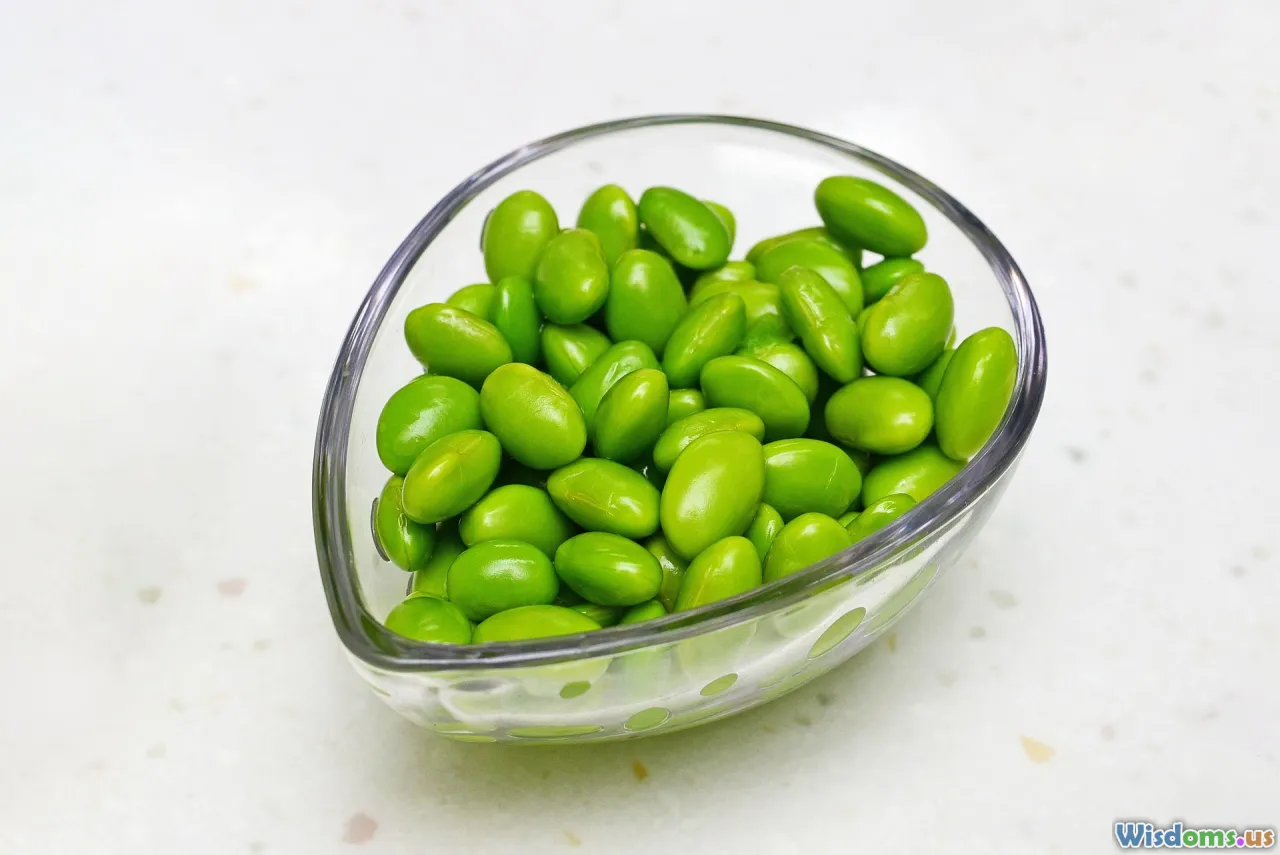
Soy is unique among beans because it offers all nine essential amino acids, making it a "complete" protein.
Exploring Soy Options
- Tofu: Popular for its neutral flavor and adaptable texture. Firm or extra-firm tofu is best for grilling, baking, or stir-frying, delivering about 10 grams of protein per half cup.
- Tempeh: With a nutty flavor and higher protein punch (about 15 grams per half cup), tempeh is a fermented soy cake that's easy to slice, marinate, and pan-fry.
- Edamame: These young soybeans (green and tender), offer about 8 grams per half cup.
Real-Life Preparation Tips
- Press Tofu: Remove excess water for crispier results when pan-frying or roasting.
- Bold Marinades: Soy foods soak up sauces like sponges—try ginger-soy, BBQ, or citrus blends for intense flavor.
- Quick Snacks: Steam edamame, sprinkle with flaky salt, and enjoy as a crunchy snack high in protein and fiber.
Example Dish: Tempeh Stir-Fry
Slice tempeh, marinate in tamari and maple syrup, then stir-fry with vegetables. Serve over quinoa for a protein-packed, beginner-friendly meal.
Whole Grains: Surprisingly Strong Protein Sources
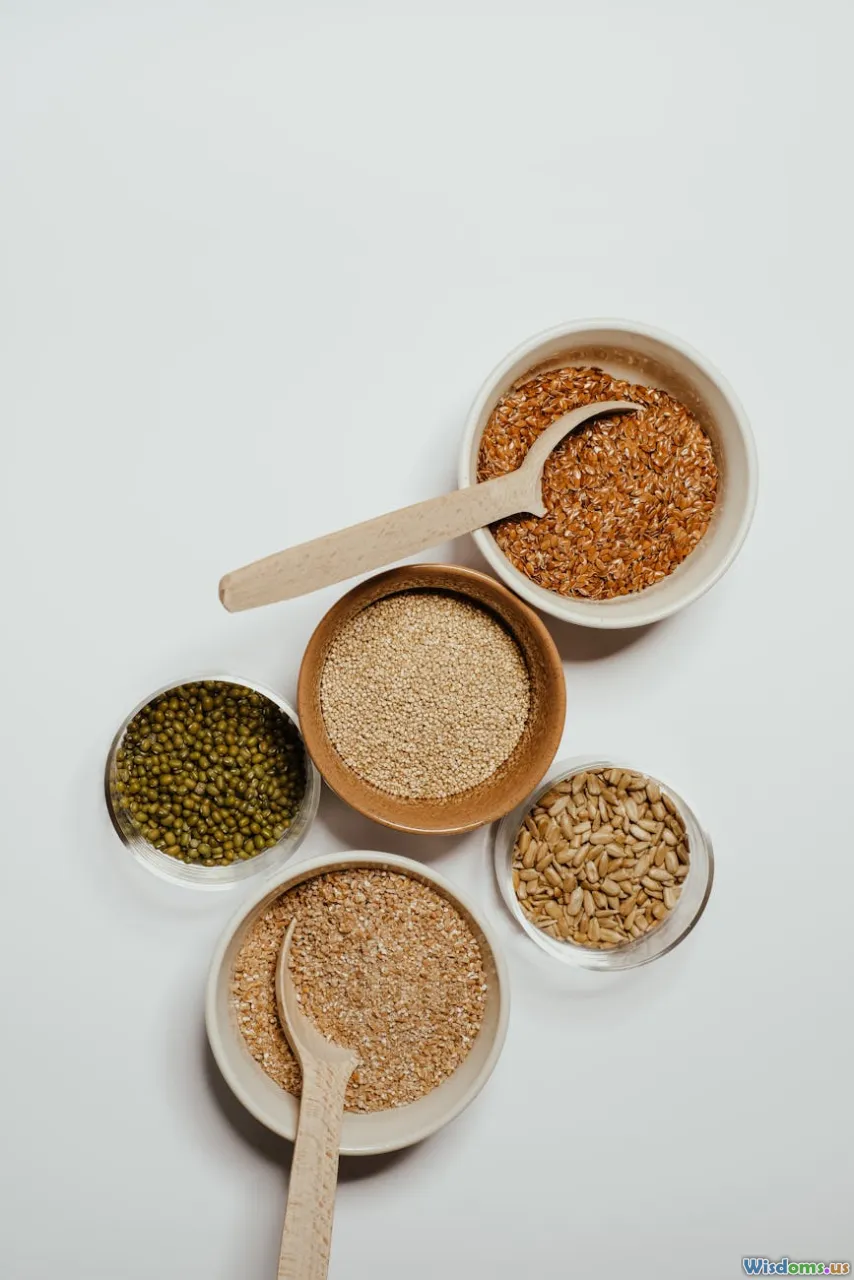
While they may be revered for their fiber and mineral content, certain whole grains boast remarkable protein profiles.
Power Grains to Stock Up On
- Quinoa: Not technically a grain but a seed, quinoa contains all essential amino acids and about 8 grams of protein per cup cooked. It's light, fast-cooking, and subtle in flavor.
- Teff and Amaranth: Lesser known but nutritionally dense, both deliver about 6–8 grams of protein per cooked cup.
- Farro and Barley: Hearty and chewy, ideal for bowls and salads. Farro clocks in at about 6 grams of protein per cup.
Tips for Integrating More Whole Grains
- Batch Cooking and Freezing: Prepare extra and freeze leftovers in individual portions.
- Swap Out Rice: Replace white rice with quinoa or farro in stir-fries, casseroles, or stuffed peppers.
- Hearty Breakfasts: Make high-protein breakfast bowls using oats, quinoa, or amaranth, topped with nuts and seeds.
Example Recipe: Quinoa Tabbouleh
Mix cooked quinoa with cucumbers, diced tomatoes, parsley, olive oil, lemon, and salt for a protein-rich lunch or side dish.
Nuts and Seeds: Tiny But Mighty Protein Boosts
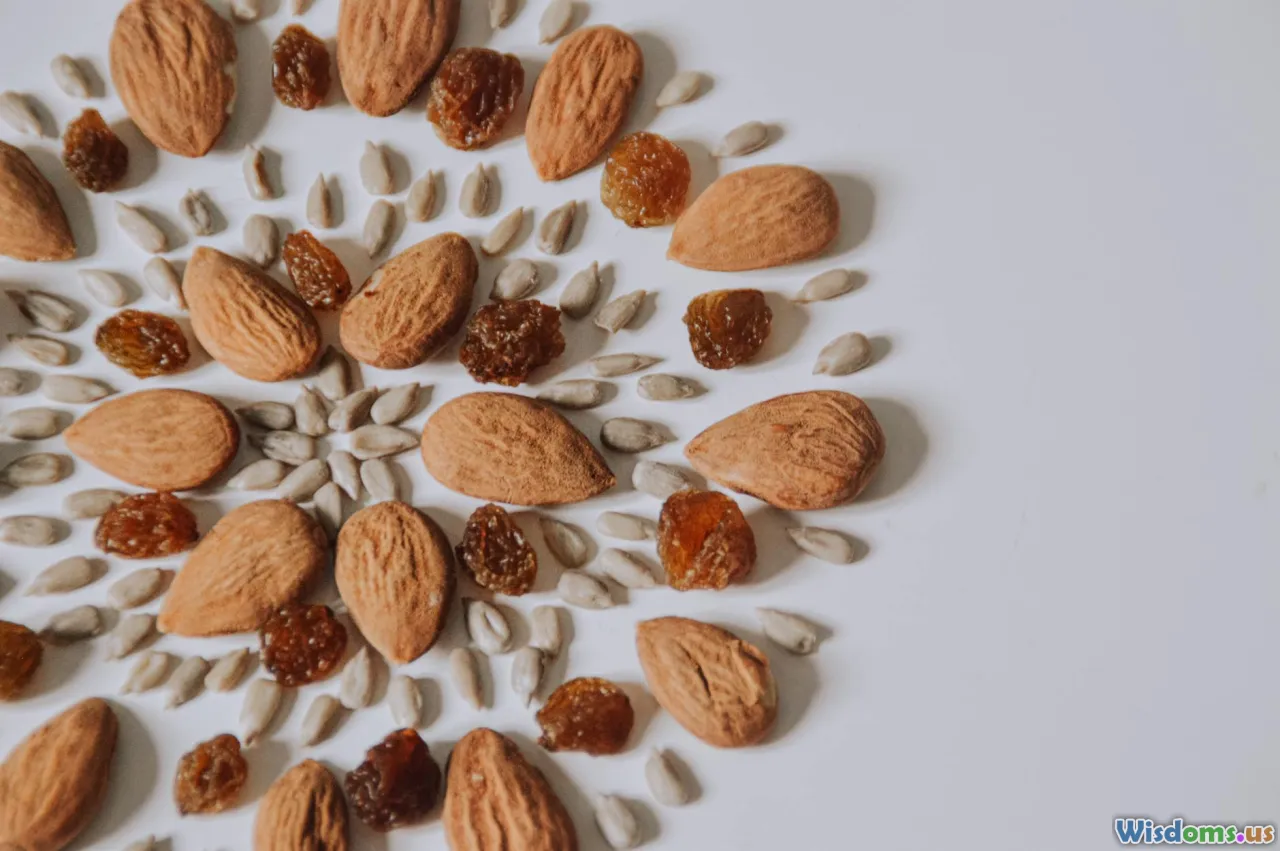
Nuts and seeds offer not only valuable protein but healthy fats, vitamins, and minerals vital for wellness and satiety.
Nutritional Standouts
- Pumpkin Seeds: One of the richest plant protein seed sources, offering nearly 9 grams per ounce.
- Chia and Hemp Seeds: Both are rich in omega-3s, with 6–10 grams of protein per ounce, and are easy to blend into smoothies or breakfasts.
- Almonds and Peanuts: Classic snacks providing approximately 6–7 grams of protein per ounce.
Smart Uses for Beginners
- Nut Butters: Almond butter spread over whole grain toast or blended into smoothies adds creamy texture and sustenance.
- Seed Sprinkles: Top salads, grain bowls, or oatmeal with pumpkin and chia seeds.
- Energy Balls: Mix nut butter, oats, and seeds for quick, protein-rich snacks.
Important Note on Moderation
Nuts and seeds are calorie-dense, so they're best as part of balanced meals and snacks, especially if you're watching total energy intake.
Plant Protein Powders: Simple Addition, Not a Necessity

Plant-based protein powders, made from pea, hemp, brown rice, or blends, can supplement whole food sources but shouldn't be your mainstay.
Choosing Smartly
- Minimal Ingredients: Look for simple, unflavored powders free from fillers or excessive sweeteners.
- Blends vs Isolates: Balanced blends (e.g., pea plus rice) can provide more balanced amino acid profiles.
- Fortified Options: Some powders include added vitamins B12, zinc, and iron—always a bonus for plant-based beginners.
Integration Tips
- Boosting Breakfast: Add a scoop to smoothies, overnight oats, or pancake batters.
- Post-Workout Recovery: Quick and easy in a shaker bottle with non-dairy milk.
- No Reliance: Emphasize whole food options for satiety, fiber, and nutrients; use powders for convenience.
Vegetables: A Surprising Source Of Extra Protein
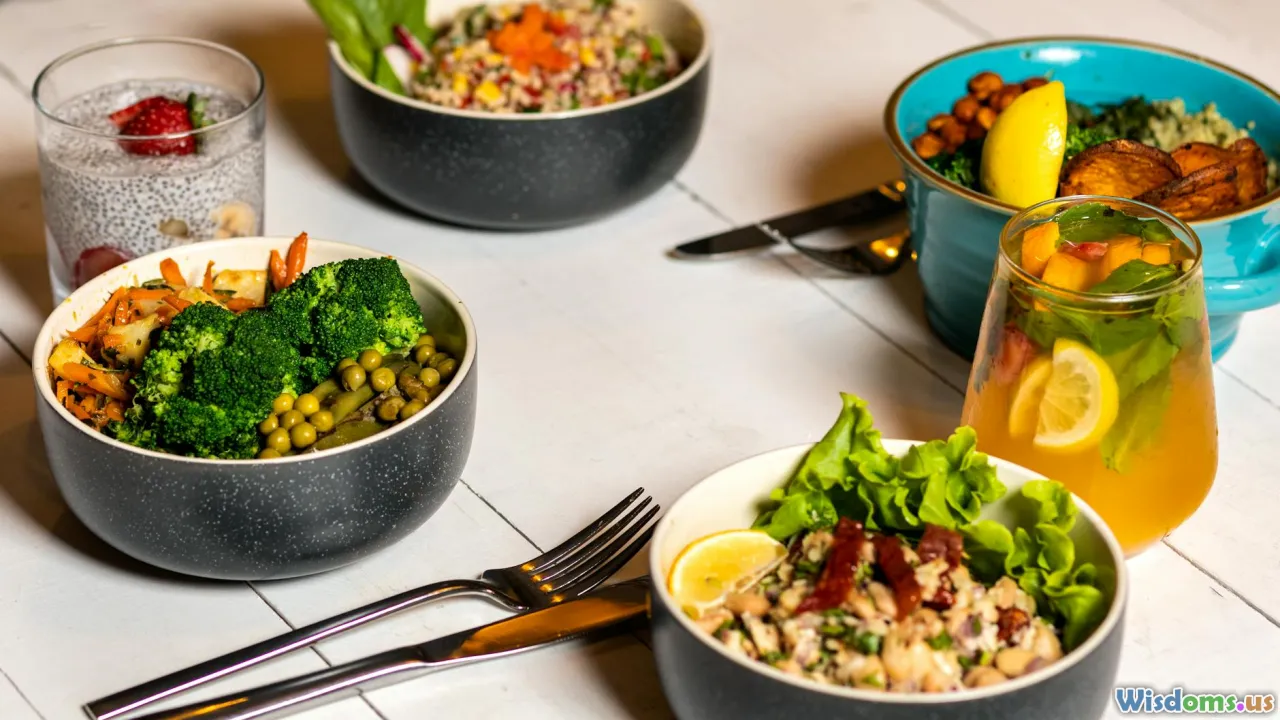
While usually celebrated for vitamins and antioxidants, many vegetables provide more protein than you might expect.
High-Protein Vegetables
- Spinach and Kale: Both offer over 5 grams of protein per cooked cup.
- Broccoli: About 4 grams per cooked cup, plus a wealth of fiber and vitamin C.
- Green Peas: An impressive 9 grams per cooked cup.
Practical Application
- Bulk Up Stir-Fries: Add green peas and chopped broccoli for more substance.
- Leafy Power: Blend spinach and kale into pasta sauces, curries, or casseroles.
- Rethink Sides: Roasted or steamed, these veggies can be the protein-rich main event, especially when paired with other sources.
Combining Proteins: The Complete Picture
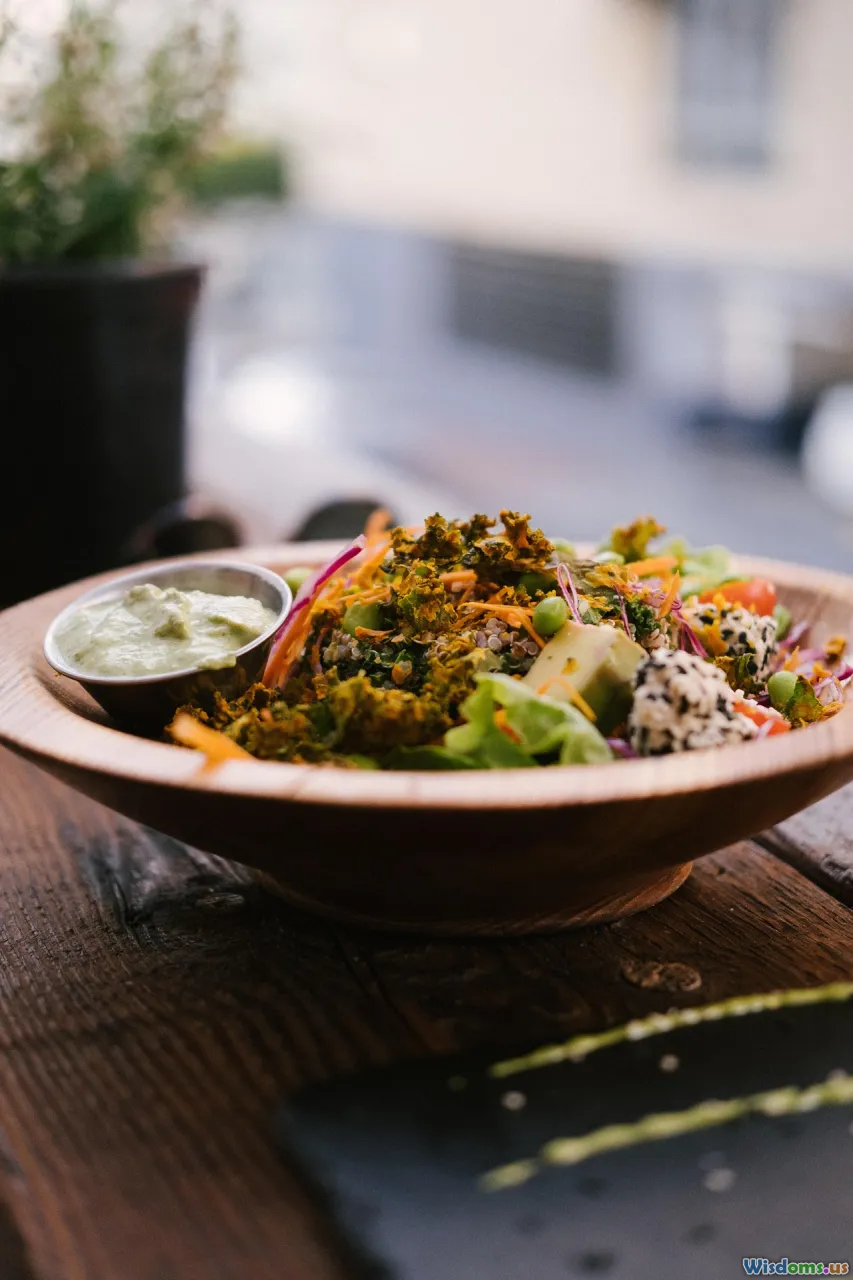
You may hear that only animal products provide "complete" proteins. The truth is, with a varied plant-based diet, you will meet all your amino acid needs.
Smart Pairings
- Rice and Beans: A time-tested global combo that, together, offers a full spectrum of essential amino acids.
- Pita with Hummus: Wheat in pita and chickpeas combine to create a balanced protein meal.
- Peanut Butter Sandwiches: Classic peanut butter on whole grain bread makes for a balanced profile.
Modern Nutrition Understanding
Balancing amino acids at each meal isn't necessary. The focus should be variety throughout your day.
Meal-Planning Advice
- Eat a range of legumes, whole grains, nuts, and seeds every day.
- Explore global cuisines—Ethiopian (injera and lentils), Latin American (rice and black beans), Middle Eastern (pita and falafel).
- Keep your pantry stocked for easy access and diverse choices.
Navigating Common Myths and Pitfalls
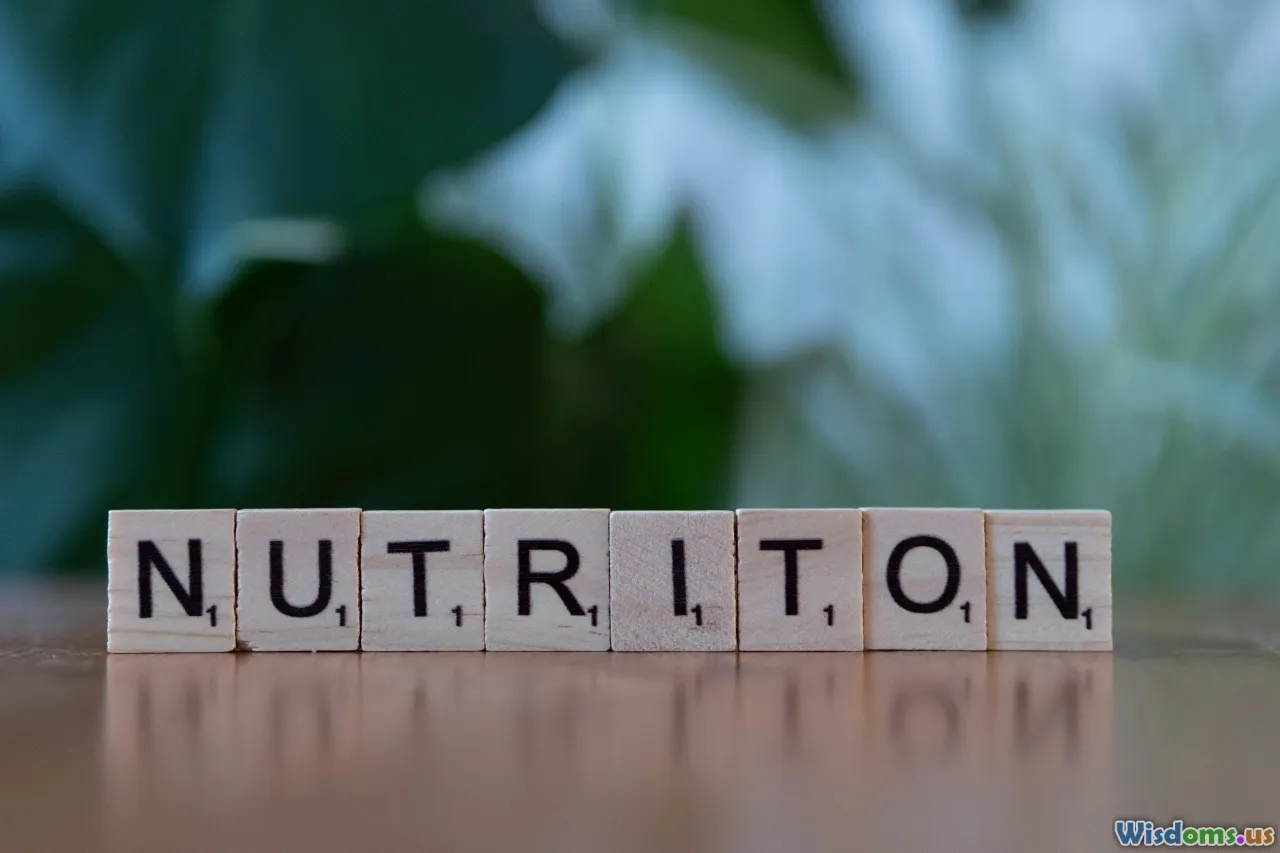
Shifting to plant proteins as a beginner comes with questions, and sometimes, misleading information. Let's clarify a few persistent myths.
Top Myths Debunked
- "You Can’t Get Enough Protein on Plants": Multiple epidemiological and nutritional studies (like the EPIC-Oxford study) show vegetarians and vegans consistently meet or exceed recommended dietary protein intake.
- "Soy Is Bad For Health": Moderate intake of minimally processed soy (tofu, edamame) has been shown to be safe and is even linked with lower risks of certain cancers and improved heart health.
- "Plant Proteins Are Inferior": Athletes and active individuals thrive on plant proteins; it’s all about planning and quality choices.
Watch Outs
- Over-Processing: Many vegan convenience foods are high in salt, fats, and additives. Prioritize whole foods.
- Neglecting Micronutrients: Along with protein, attend to iron, calcium, B12, and omega-3s (flax, chia, walnuts) to ensure all-round health.
Making The Switch: Simple Steps for Beginners
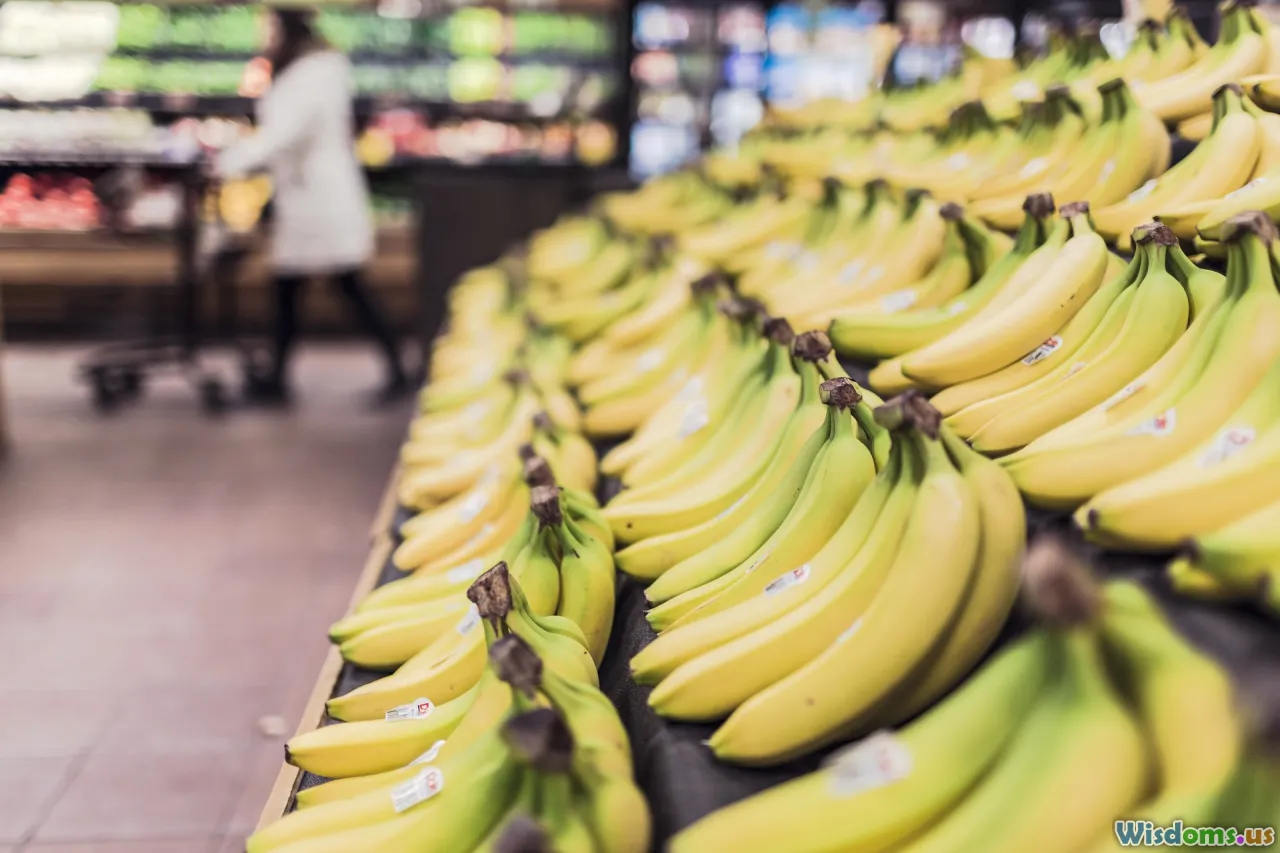
Transitioning to plant-based proteins doesn’t require an immediate overhaul—focus on small, sustainable changes.
Practical Tips for Getting Started
- Start With Swaps: Exchange ground meat in tacos or chili for black beans or lentils.
- Prep Smart Staples: Cook one or two big-batch recipes (e.g., lentil soup, chickpea curry) to have ready-to-eat meals.
- Embrace Global Recipes: Learn from cultures with a tradition of hearty, plant-based eating. Think Indian dals, Mexican bean stews, or Mediterranean grain salads.
- Snack Wisely: Keep roasted chickpeas, edamame, and mixed nuts within easy reach for quick protein.
- Read Ingredient Lists: Especially for newcomers, choose products with simple, recognizable ingredients.
Sample Weekly Plant-Based Protein Meal Plan
- Breakfast: Overnight oats with almond butter and chia seeds.
- Lunch: Tempeh stir-fry or quinoa and bean salad.
- Snack: Roasted pumpkin seeds or edamame.
- Dinner: Lentil Bolognese over whole-grain spaghetti; steamed broccoli on the side.
Building a vibrant, protein-rich, plant-based plate is simpler than ever. With legumes, soy, grains, nuts, seeds, even an array of humble vegetables at your disposal, satisfaction is guaranteed. Enjoy the journey of discovering new textures, tastes, and techniques—you’re not just meeting your protein needs, but nourishing your whole body. Start today, experiment often, and watch your kitchen (and your health) bloom.
Rate the Post
User Reviews
Popular Posts











